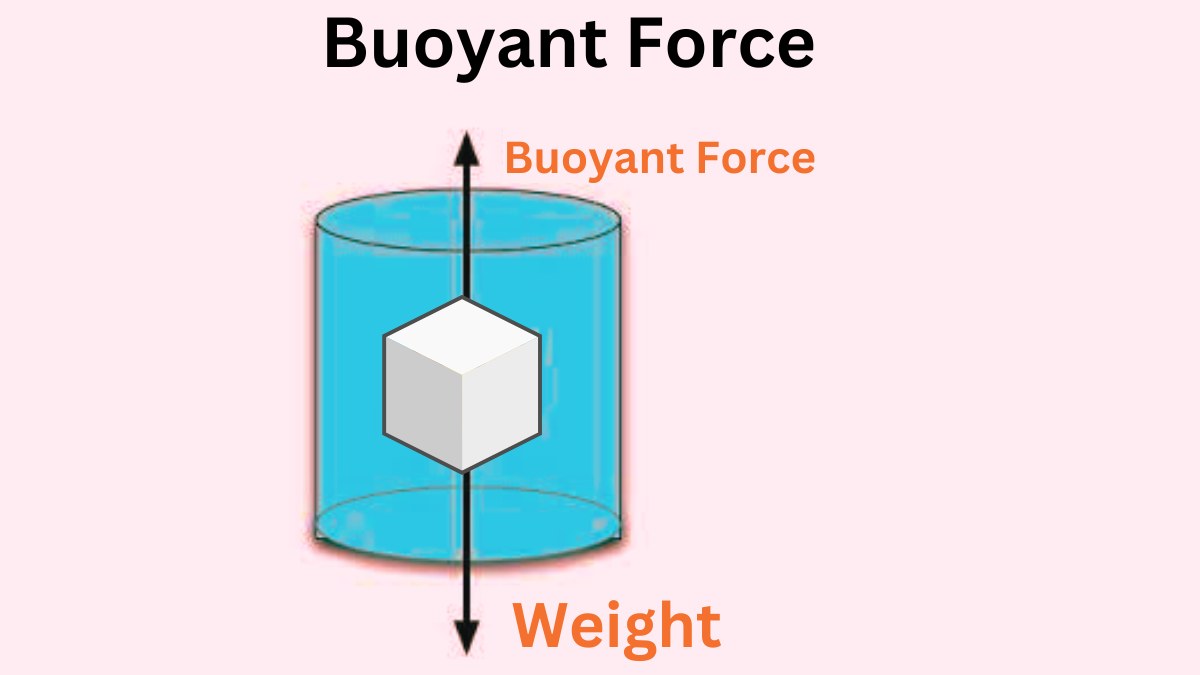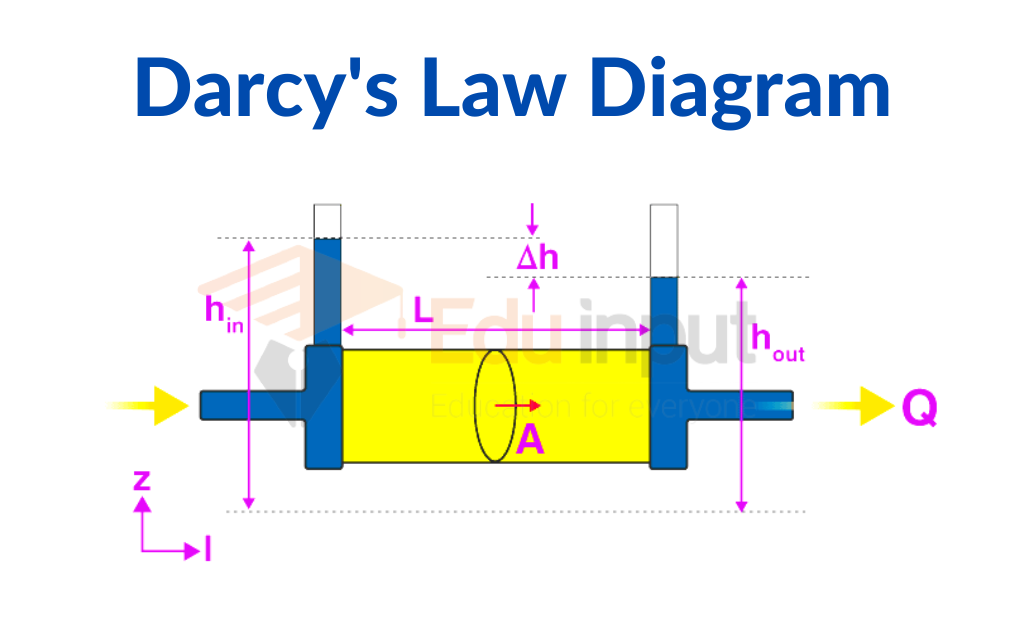Surface Tension-Definition, Examples, Causes, And Measurement
Liquid surfaces at rest shrink into the minimum surface area possible, known as surface tension. Water striders allow objects with a higher density than water to float on the surface without being submerged.
What is surface tension?
Surface tension is a force that occurs at the interface between two liquids or gases. When water droplets touch each other they create a film of surface tension. This is called the Laplace pressure. Surface tension is a property of liquid-liquid interfaces (e.g., oil and water) and gas-gas interfaces (e.g. air and water).
The magnitude of the Laplace pressure is dependent upon the area of contact between the two surfaces. If the area of contact is small then the Laplace pressure is high. Conversely, if the area of contact is large then the Laplace pressure decreases.
In the case of a liquid-liquid interface, the Laplace pressure is proportional to the inverse square root of the radius of curvature of the interface. In the case of a gas-gas interface, the Laplace Pressure is proportional to the inverse cube root of the radius of the interface.
For example, consider a drop of water sitting on top of a larger body of water. The drop of water will have a higher Laplace pressure than the surrounding water due to its smaller radius of curvature.
When we apply this concept to the cannabis plant, we find that the leaf surface has a much lower radius of curvature than the stem. Therefore, the leaf surface has a greater Laplace pressure than the stem. This means that the leaf surface is under a greater amount of stress than the stem.
This stress causes the leaf cells to become dehydrated and die off. As the leaf dries out, the cells shrink and the leaf becomes brittle. Eventually, the leaf will fall off.
If the leaf does not dry out completely, the cells may still shrink and cause the leaf to curl inwardly. This is known as cupping. Cupping is caused by the same phenomenon that makes the leaf wilt. However, instead of drying out, the leaf remains wet and continues to grow.
Surface tension is the force that keeps water droplets together. It’s how soap works. It’s what makes oil and water separate. And it’s what causes the surface of a liquid to become sticky. Surface tension is a measure of cohesion among molecules in a fluid. Surface tension is directly proportional to viscosity. High viscosity means a low surface tension.
Surface tension formula
surface tension formula is given
T=F/L
T is tension
F is force
L is the length in which force act
Surface tension unit
The surface tension of a liquid is measured in dyne/cm (dynes per centimeter). One dyne (Dyne) is equal to 0.00001 newtons
Causes of surface tension
A net force of zero is created by the cohesive forces that pull a molecule away from the surface. The molecules are pulled inward because they do not have the same molecule on all sides. There is a tension parallel to the surface at the liquid-air interface which will resist an external force.
Surface tension examples
A needle floating on the surface of the water and insects walking on it are common examples. There are Rainproof tent materials where the surface tension of water will bridge the pores in the tent material. Cleaning clothes by using soaps and detergents will lower the surface tension of the water and cause the formation of round bubbles.
The phenomenon is also responsible for the shape of liquid droplets.
Methods of Measurement
In the points below, there are some methods of measuring surface tension.
- Spinning drop method
- Pendant drop method
- Du Noüy–Paddy method
- Du Noüy ring method
- Wilhelmy plate method
.







Leave a Reply